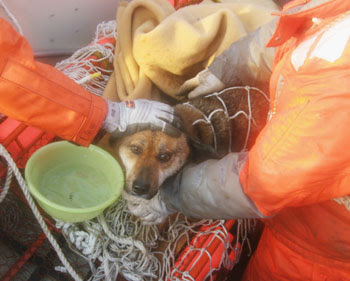
One of the reasons why i bought
Mask of Command (Penguin, 1988) was because it partly focused on two of my favorite all-time battle commanders — Alexander the Great and the Duke of Wellington. This, and
John Keegan’s persuasive gift for making centuries-old battles seem increasingly relevant and significant for modern-day readers.
concentrates on four commanders and leaders --
Alexander the Great,
Arthur Wellesley (Duke of Wellington),
Ulysses s. Grant,
Adolph Hitler -- whose impact on history is thoughtfully explored in this highly legible book.
John Keegan postulates that throughout history, the role of commanders/leaders in conducting battles has evolved and paralleled the level of man’s technological progress (along with a host of other sociocultural, economic and ideological factors). He then categorizes the way leaders/commanders fulfill this role into four styles of leadership: (1)
heroic, (2)
anti-heroic, (3)
un-heroic, (4)
false heroic.
To pigeonhole his subjects into this classification, Keegan posits the question: “When conducting a battle, do you lead your men in front?” Each of the four possible answers — (a) always, (b) sometimes, (c) seldom, (d) never — defines a type (mask) of command/leadership.
Thus, we have Alexander (Greece), who personifies the "heroic" brand of leadership: always conspicuously spearheading his army’s attack, because that’s how he wanted to be seen and how his people expected him to behave. In this sense, the term “heroic” takes on a theatrical quality — where a leader needs to highlight his presence (via distinctive attire, brilliant oratory, rash and bold actions) to encourage and lead his men into battle. This type of leadership equates to the classic concept of a hero.


Next, we have the Duke of Wellington (UK), who -- due to the advancements in weaponry (e.g., rifles, artillery weapons) of his day -- had to constantly move in and around battle scenes so as to direct how much and which of his resources (men and supplies) should be moved where and when. Much of his style (aloofness and sobriety in manner, dress, and speech) was in marked contrast to Alexander’s larger-than-life qualities, hence the term "anti-heroic". In this sense, Wellington is largely viewed as an aristocrat who wages war for England and his monarch.
Then, we have Ulysses S. Grant (USA), who largely directed his army from the rear due to the longer range of weapons and to effectively exploit the advantages offered by communication gears (telegraph) and transport options (railroad) of his time. According to the author, although this may seem "unheroic" in a conventional sense, it was actually a practical way to fight a war in a democratic and sprawling society. Grant, who would eventually become the 18th president of the United States, held himself no better than the men who served under him.


Adolf Hitler, largely viewed as one of the 20th century’s ‘monster’ (both literally and figuratively) figures, scarcely needs any explanation. Although he largely led a bunker existence for much of World War II (especially towards at the end of it), Hitler was seen to have ‘micromanaged’ many situations from the rear — much to his generals’ dismay and consternation — and would repeatedly allude to his WWI experience (aided by a well-choreographed propaganda machine and his own gifts of demagoguery) to clothe himself in a ‘heroic’ mold ("false heroic"). Needless to say, among the four leaders/commanders that Mr. Keegan has highlighted in
Mask of Command, Hitler is considered to have ultimately failed the test of leadership.
As a parting shot, Keegan concludes that the "mask of command" required for contemporary times (which he calls Post-Heroic) is the type of leadership that eschews warfare in favor of a rational, multipronged approach (here he cites John F. Kennedy’s handling of the 1962 Cuban missile crisis as an example). Such an approach, he hopes, would eventually render large-scale battles a thing of the past.
While this proposition seems a bit optimistic — given mankind’s war-making propensities — the author presents an insightful and weighty case to promote his theory. And when one considers the bulk of his work so far, one can’t help but appreciate the extent of the groundwork that he had undertaken in order to come up with this interesting theory on command and leadership.















